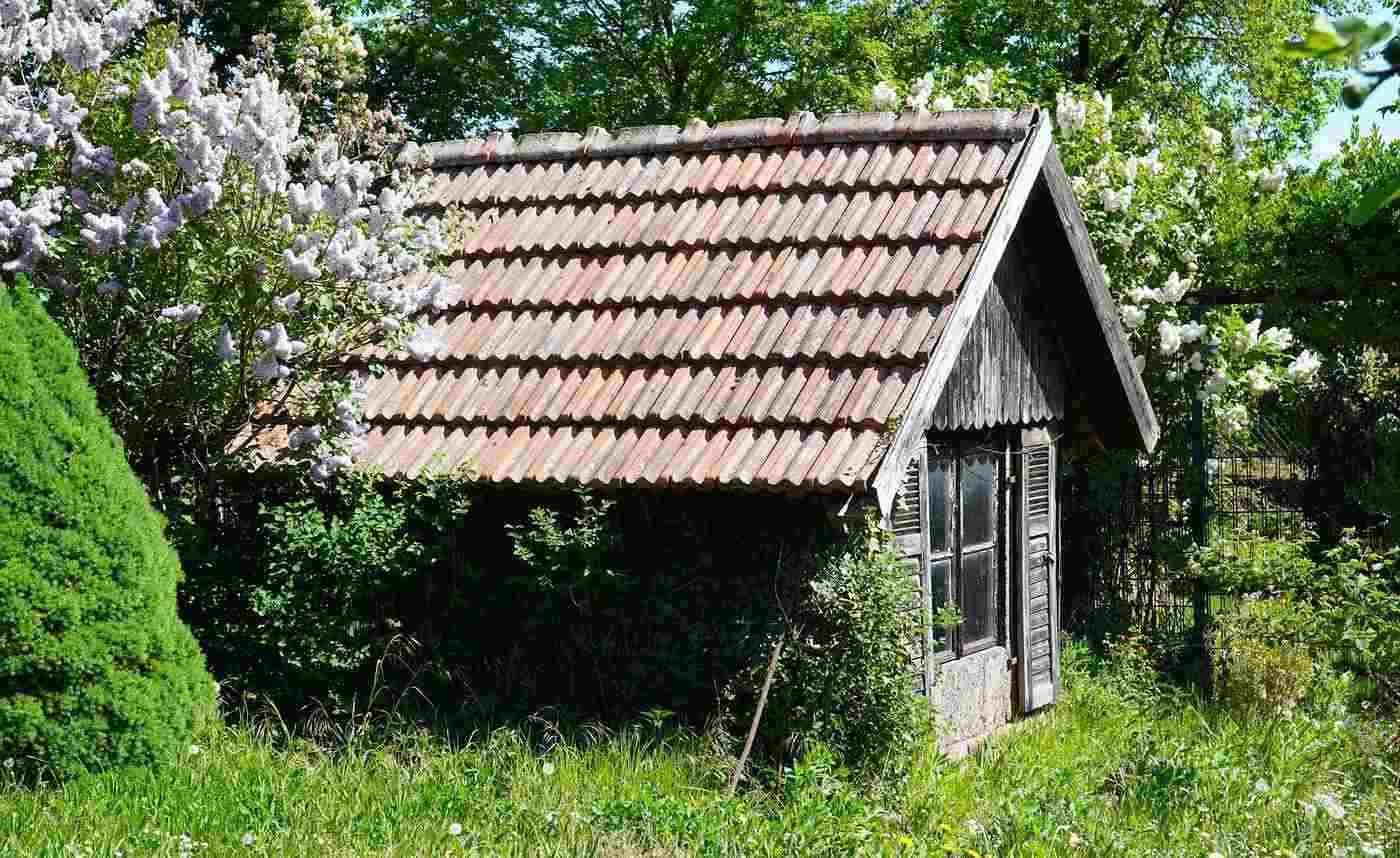When insulating your garden shed, you can’t only insulate part of it. To effectively reduce the noise level inside, you must insulate everything. You’ll need to add density to the door, the walls and the windows, so unwanted sound won’t leak out or in.
You should also keep in mind that it’s impossible to completely soundproof a garden shed. Some unwanted noise will always find a way to leak through, but you should able to block most of the noise from doing so. To block as much noise as possible, it’s best to use soundproofing materials that block impact and airborne noise.
After reading this guide, you’ll have a clear understanding of the things to do to reduce unwanted noise—without breaking the bank.
How to Soundproof a Garden Shed
1. Soundproof the Walls
The first thing you’ll need to do is soundproof your shed’s walls. Most shed walls are extremely thin and are made of wood, which makes them very difficult to insulate. However, with a few effective materials, you should be able to dramatically reduce the amount of noise that can pass through.
You can use either acoustic foam panels or Mass Loaded Vinyl panels to complete this task, as both of these options work extremely well and look appealing.
These acoustic foam panels are made of soft, spongelike sound-absorbing material, so it’s difficult for sound to bounce off of them. They’re quite affordable, and you easily attach them to a wall without any hassle. These panels can also be used to cover the roof and the door of your shed. To attach them securely to the walls or any other area, you’ll need to glue them down by using a special adhesive spray.
Acoustic foam panels can collect dust very easily, so no matter where you hang them, it’s important that you keep them clean.
You can also use Mass Loaded Vinyl to block out impact noise. Mass Loaded Vinyl panels are often used to soundproof vehicles, but they can be used to soundproof walls as well. As with the acoustic foam panels, you can order these on Amazon for a reasonable price.
Before ordering any materials online, make sure you’ve measured your shed correctly, so you’ll have enough soundproofing materials to cover the whole thing.
2. Soundproof the Door
To do this, you’ll need to seal the area around the door. Aside from soundproofing the shed, this will help insulate the shed against poor weather conditions and even pesky bugs. For the gaps and cracks between the door itself and the doorframe, the cheapest and most effective product to use is silicone or plastic weatherstripping.
You should also install a door sweep to stop sound from easily passing through the bottom of your shed’s door. I recommend that you pick up this cheap silicone one online.
You can always use soundproof blankets to stop unwanted noise from coming through, too. All you’ll need to do is cut the blankets to the required size and cover the door with them. It’s preferable that you use moving blankets, because they contain sound-absorbing properties.
3. Soundproof the Windows
The windows are often overlooked when it comes to soundproofing, but they often have gaps around them that need to be sealed, or else they’ll let in unwanted noise. As with your shed’s door, you can seal the gaps around the windows with weatherstripping.
After that, the best way to further soundproof your windows is to use some soundproof curtains or moving blankets. Both of these contain a layer of soundproofing material that absorbs sounds and echoes so they can’t get out, and this same material also blocks sounds that are attempting to enter a room.
There are various types of soundproof curtains and blankets to choose from, but not all of them are effective. The ones I recommend are the Nicetown Thermal Insulated Curtains and Cheap Cheap Moving Blankets.
Another thing you can try, when soundproofing a window, is adding some glass window plugs. If you’re a DIY type of person, then you can create your own window plugs, but this will take a lot of time and effort—and if you do it wrong, your money will be wasted as well.
4. Soundproof the Floor
The easiest and cheapest way to soundproof your floor is to use carpet. If you don’t have any carpet in your shed, now’s the time to add some, because it’ll reduce the amount of sound and echoes that come from your floor. You can use any carpet of your choice, but a thicker carpet is always better than a thin one.
If you have a few extra bucks to spend, I highly recommend that you get some soundproofing mats. These mats are made for use in vehicles, but you can use them on your shed’s floor just as well, especially if you lay them under an existing carpet.
5. Soundproof the Roof
You can soundproof your garden shed’s roof by using the same method you used to soundproof the walls.
The best method is to place some acoustic panels or Mass Loaded Vinyl on the roof to help deflect and absorb the sounds that are bouncing around the shed. Again, keep in mind that you’ll need to take good care of your materials, in order to stop them from getting covered with dust.
If you decide to go with the MLV, ask someone to give you a hand in installing it, as it’s difficult to hold the material in place and secure it at the same time.
Conclusion
If you want to get the most out of your soundproofing project, it’s best to follow this guide carefully. By doing so, you might find that soundproofing a garden shed is a lot easier than you think!
For more advice on soundproofing areas in and around the home, check out our guide to soundproofing a small room. If you have any comments or questions, feel free to use the Comments section below to reach out.
image: Pixabay

